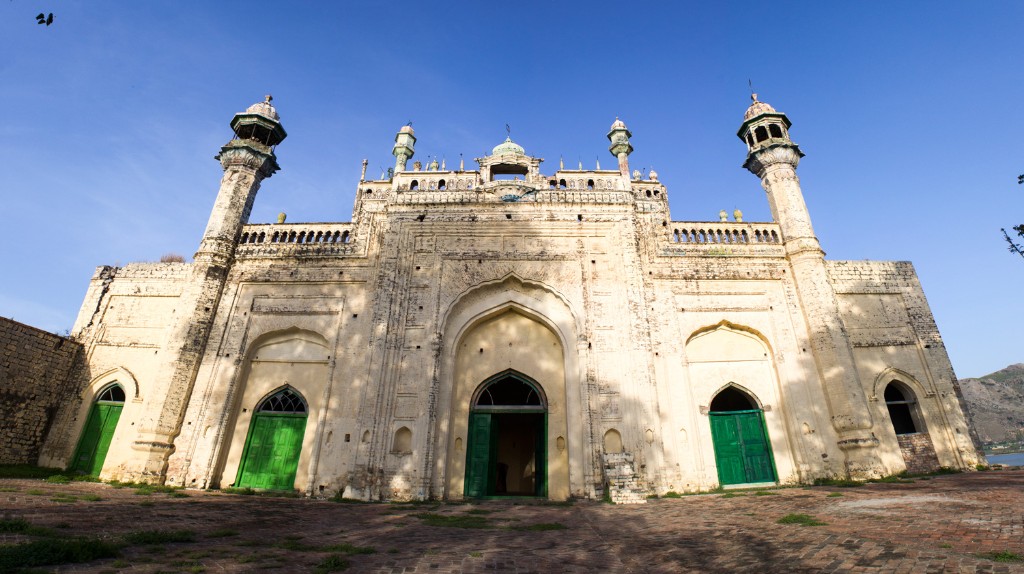Construction workers in the Paryan area of the capital uncovered the remains of the historic Jamia Masjid Rajgan, believed to be more than 200 years old, during development work at Lotus Park.
What initially appeared as uneven foundations soon revealed arched niches and ancient brick walls of a Mughal-style mosque that once served as a central place of worship for a thriving village community. Work was immediately halted, and the Department of Archaeology was called in to examine the site.
Archaeologists say the mosque dates back to the early 19th century, with high arched entrances, prayer niches, and handmade brickwork pointing to its Mughal-era influence. “This was more than a small village mosque — its size and craftsmanship show it was a spiritual hub for the settlement here,” said archaeologist Anjum Dara.
READ MORE: Islamabad Housing Societies Under Scrutiny for Violating Regulations
Local residents expressed both pride and concern over the discovery. Many urged the government to restore the mosque before it is lost again to modern development. “We always heard stories about an old mosque hidden in the hills, but never imagined it would resurface,” said Khalid Mehmood, a resident of Rajgan.
The Department of Archaeology has confirmed that Jamia Masjid Rajgan is of significant cultural and historical value. Authorities are considering adding the site to the national register of protected heritage, which would ensure state-backed conservation.
Historians and civic groups have called for urgent preservation, highlighting the potential of the mosque to become both a heritage attraction and an educational site for researchers, students, and visitors.
The rediscovery of Jamia Masjid Rajgan underlines that even Islamabad, often seen as a modern planned city, carries deep layers of forgotten history waiting to be preserved.









